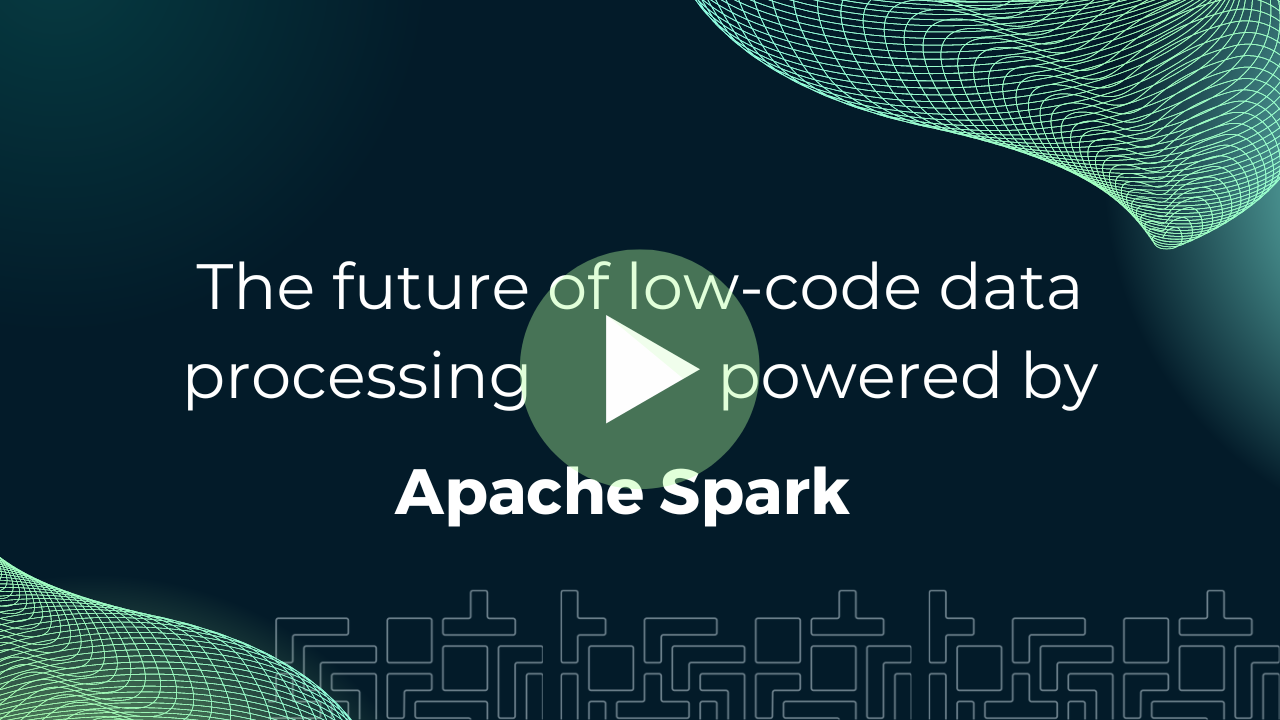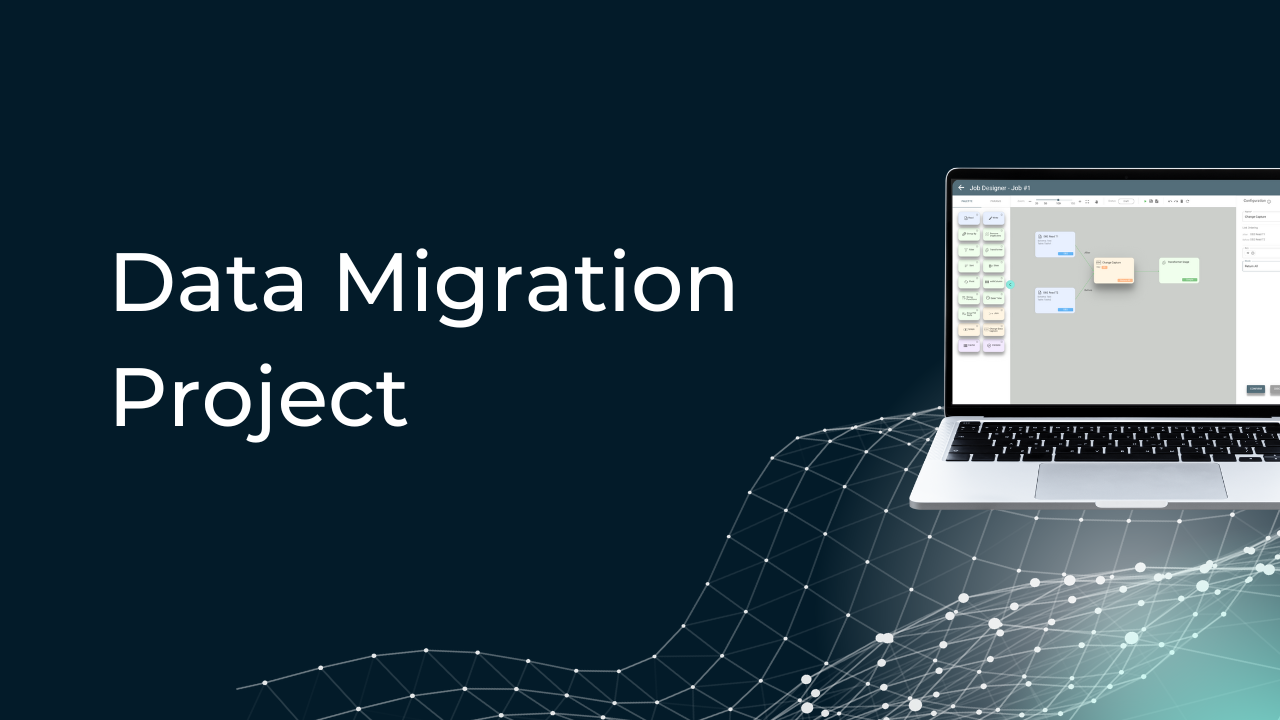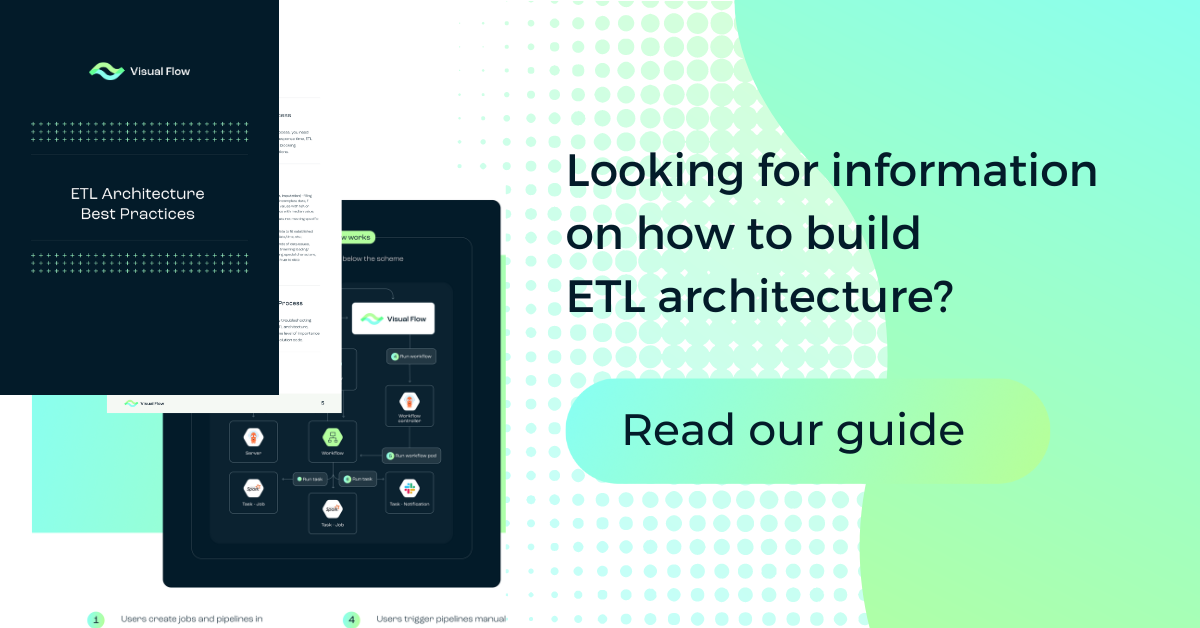Table of Content:
Table of Content:
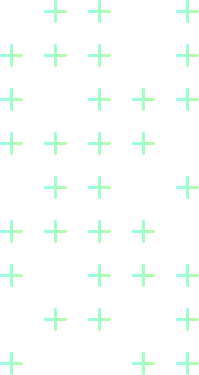
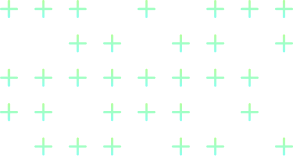
According to analysts from Marketsandmarket, the global market for big data solutions and services will grow by an average of 11% per year to reach $273.4 billion in 2026 compared to $162.6 billion in 2021. As they note, big data is being used more and more by companies and government agencies: today it’s not only a driver for technological business development but also for risk management and more.
One of the leading tools in terms of popularity among data scientists is Apache Spark. Data scientists note the speed and rich functionality of this platform. However, is this solution so good and are there any popular Spark alternatives on the market? Let’s figure it out.
Is Apache Spark Still Relevant?
Unlike the classic Apache Hadoop kernel processor with the two-level concept MapReduce based on disk storage, the Apache Spark framework uses a specialized tech stack for recursive processing in main memory. Thanks to this, many computational tasks are implemented in the Spark ETL tool much faster.
Thanks to diverse tools for on-the-fly data analytics (SQL, Streaming, MLLib, GraphX), the Java-based Spark is actively used in Internet of Things (IoT) systems and data discovery, as well as in different business applications including those based on Machine Learning methods. For example, Spark in big data is used to predict customer churn and assess financial risks.

Nevertheless, we cannot say that Apache Spark is a truly universal tool. One of the key problems of Spark is the high complexity of creating and maintaining applications and processes based on it, due to the need for a high degree of technical acumen. Moreover, if latency is a critical factor, Apache Spark won’t do, and you would be better off looking into different Spark competitors. Let’s take a look at them, as it’s always better to have a few trump cards in your sleeve.
6 Best Alternatives to Apache Spark
Apache Hadoop

The first tool on the list of the best Apache Spark alternatives is Hadoop. Hadoop is an open-source software environment developed by the Apache Software Foundation. It uses programming models to handle large data sets.
The key application area of Hadoop is storing and analyzing huge amounts of data. Due to its high cost efficiency and sufficiently high performance, Hadoop is widely used both by major IT companies (Facebook, Amazon, eBay, etc.) and high-tech startups. Today, Hadoop can be found in a wide range of industries, from manufacturing to the public sector.
If we talk about the main advantages of technology, we can note:
- Scalability. The system is easily scalable, you can always add new nodes as the volume of information increases.
- Fault tolerance. Copies of all files are automatically saved so that in case of failure all data will be redirected to the working node, which distinguishes it from other Spark options.
- Possibility of data storage. The tool can be configured for processing files from various resources, social networks of the company, financial reports, etc.
One of the most common use cases for Hadoop is the creation of data lakes, where all the data available to the user organization is stacked. Data analysis can be performed by Hadoop tools, but much more often various third-party and developer tools are used for this purpose.
Google Big Query

BigQuery is Google’s product similar to Spark in a way. Essentially, BigQuery is a cloud database with unlimited storage and high-speed processing of large data sets. BigQuery can promptly load a large-scale volume of data, store it as two-dimensional tables, access it using SQL queries, and save and unload its results.
Among its main advantages are:
- Speed. The service uses a dialect of Standard SQL, which provides high-speed loading and processing of Big Data.
- Functionality. BigQuery allows you to work with recurring/nested fields and supports DML and DDL languages which can modify table data.
- Simplicity and convenience. To fully use BigQuery, you need to know the basics of SQL and be able to upload data to the service. Otherwise, users do not need to set up and administer the database, which is a very important difference between this online service and classic databases.
Lumify

Lumify is another Apache Spark alternative and a feature-rich open-source platform. An interesting fact about this software is that it’s owned by Altamira Technology, which is widely known for its solutions for national security. This platform allows merging, analyzing, and visualizing big data and on this basis provides intel for further business adjustment.
Distinctive features of Lumify include:
- Detecting complex relationships in data with a suite of analytical capabilities;
- Graph visualization;
- Full-text faceted search;
- Dynamic histograms;
- Real-time collaboration capability.
Apache Sqoop

Let’s continue our list of the top Spark alternatives with Apache Sqoop. Data engineers are often tasked with migrating data from a source or system to the target storage. There are many different tools for this purpose. But let’s assume that we need to migrate data from RDBMS to Hadoop. There is a very underrated batch ETL tool for this kind of task – Apache Sqoop.
Its special features are as follows:
- It facilitates the work of developers by providing a command line interface. All you need to do with this tool is to fill in the basic information: source, destination, and database authentication details;
- It automates most of the process;
- Sqoop uses the MapReduce infrastructure to import and export data, which provides a parallel mechanism and fault tolerance;
- It’s relatively easy to install and configure the tool on a cluster.
Apache Sqoop is a narrowly focused tool, which was actually developed and aimed solely for the interaction of RDBMS and Hadoop. Sqoop has high performance, which is achieved due to its ability to parallelize the import task. If you do not have a lot of objects to upload regularly, Apache Sqoop can also be used as a target ETL tool because it works well together with Apache Oozie or Apache AirFlow task schedulers.
Elasticsearch

Elasticsearch is a clustered NoSQL with JSON REST API. It’s a popular, distributed, open-source search and analytics engine for all types of data, including textual, numerical, geospatial, etc. If your business involves the analysis of statistical data from various sources then you will in any case need not only to collect and store the data but also to index, analyze and transform it. And Elasticsearch as an alternative to Spark is great when it comes to medium-sized data.
In practice, we often find that the scale of the project is not enough to implement large platforms like Hadoop or Spark. In this case, you should pay attention to NoSQL solutions, which allow you to work effectively with medium-sized data. Elasticsearch is one of those solutions. Elasticsearch is great to work with a certain amount of data (20-30 billion documents in indexes, 2-10 terabytes per year), plus it integrates perfectly with a Spark cluster if needed.
The most common scenario is collecting and storing all statistics on all services and devices for the last month and then aggregating the statistics by days and grouping them by buildings with “indefinite” storage of the result. Other data breakdowns and grouping wishes (e.g. visual representation, analytical slices, etc.) are made by analysts themselves using Kibana or Power BI.
Presto

Let’s take a look at another Spark alternative for ETL. Presto, also known as PrestoDB, is a powerful SQL query engine on which such tools as AWS Athena are built. The system is open source, which makes it free to use. What sets Presto apart is its scalability for analytic applications handling petabytes of data.
Among the distinctive features of Presto are:
- The ability to query data in Hive, various databases, and proprietary information stores;
- Functionality for combining data from multiple sources into a single query;
- Extremely fast response time compared to Spark, allowing a single request to take a few minutes at the most, but more often less than a second.
How Can We Help?
As you can see, there are plenty of Apache Spark competitors on the market. However, the list is not limited to the examples above. One solution that deserves just as much, if not more, attention than the others is Visual Flow. This is a powerful cloud-based ETL tool for transferring data and preparing it for analysis. Its distinguishing features are:
- Rich graphical capabilities;
- Easy and fast scalability;
- A combination of the best features of Spark and best Spark alternatives.
The creators of Visual Flow have many years of experience from their parent company, IBA Group. This ensures a wealth of experience in various industries and expertise in working with enterprise technologies and data sources. IBA Group collaborates with the creators of many ETL applications, including Spark. This approach allows us to integrate best practices into our cloud-based ETL services.
Simply click the button below and our experts will contact you for a detailed consultation on implementing ETL tools. Let us sort your data and help you gain a competitive advantage together.
Conclusion
We live in the era of rapidly developing digital services. The volume of data in business is multiplying year by year. Therefore, it’s crucial to have a multifunctional tool for big data by your side. In this article, we looked at alternatives to Apache Spark as the most popular solution among data experts.
As you can see, there are solutions that may be better suited for certain situations. For example, one great Spark alternative is Visual Flow. Its functionality, combination of the best approaches of other solutions, and graphical interface will perfectly suit businesses that need a powerful ETL solution. Contact us now, and we’ll help you sort your data in no time.
FAQ
Apache Spark is a fairly popular tool used by most data scientists. However, today there are many Spark alternatives for ETL that are better suited for some tasks, such as Google BigQuery, Elasticsearch, and Visual Flow.
Most data engineers continue to use Spark because of its speed and functionality. However, alternatives to Spark are also widely used for Big Data.
Spark is considered the speed leader among ETL tools, but some software is better suited for highly specialized tasks. Apache Spark alternatives include Elasticsearch, Apache Sqoop, and Visual Flow.
The main Spark alternatives are Hadoop, Google BigQuery, and lesser-known players like Visual Flow from IBA Group.
Contact us
